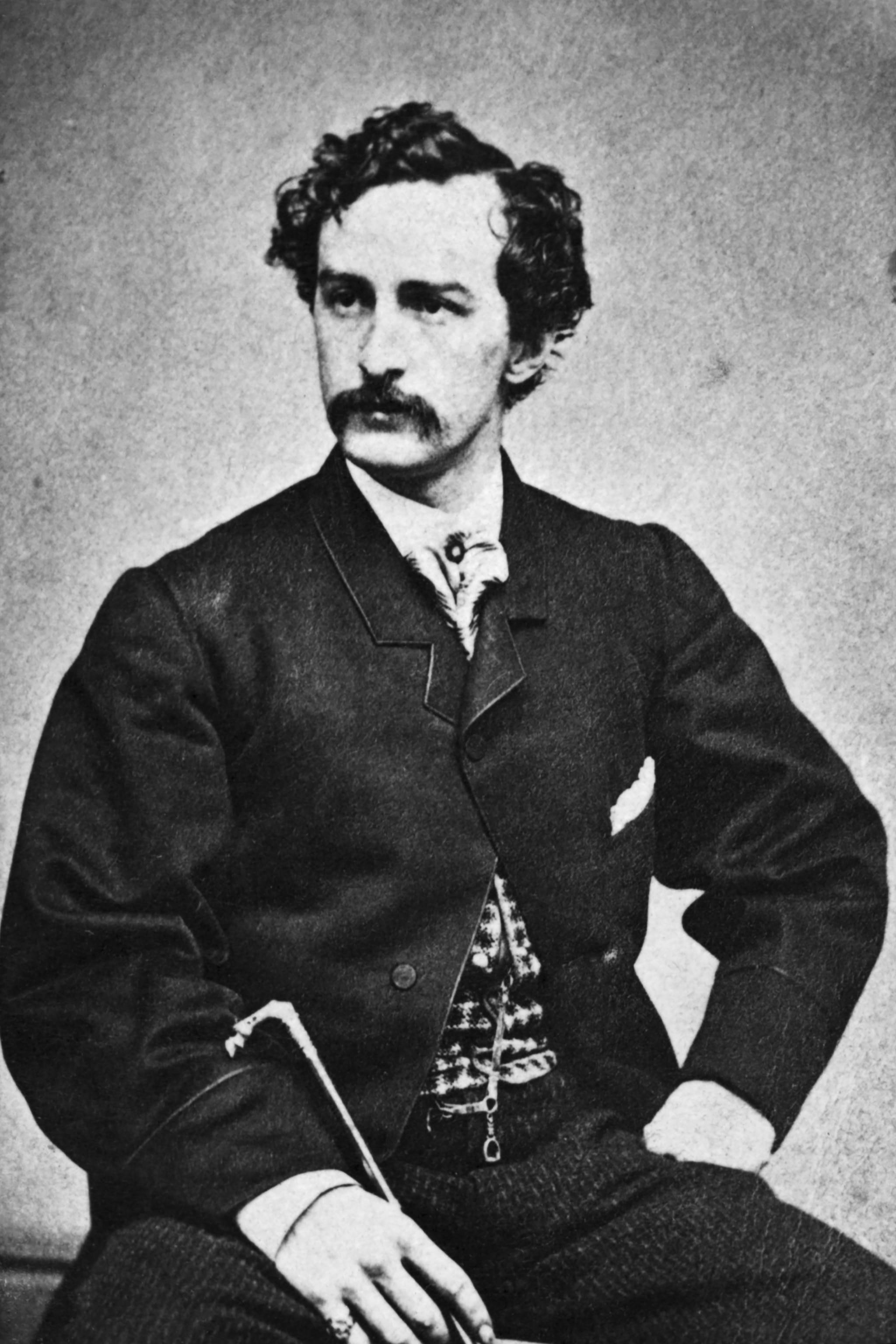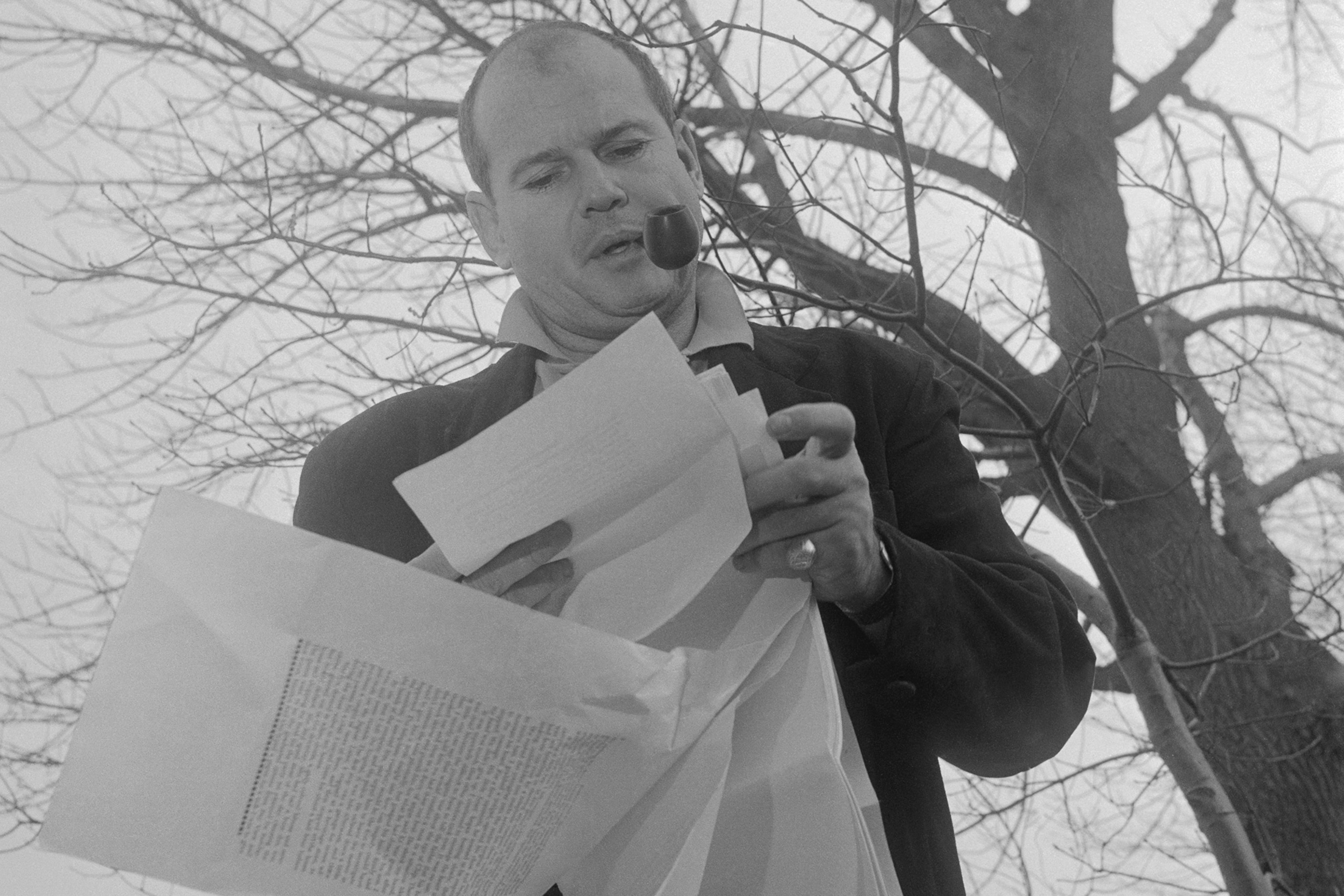Surreal Cases of Bodies Exhumed for Science
From presidents to outlaws, many types of people have been exhumed to answer questions about how they lived and died.
Surrealist painter Salvador Dalí’s final resting place was not so final after all. His body was recently exhumed for paternity testing, making him the latest entry in a long list of people dug up in the name of science.
Some were suspected of having been murdered—or of being murderers themselves. Others left unproven heirs. And sometimes authorities just wanted to be sure they were really dead.
Today, it’s possible to answer many of these questions years or even centuries after death thanks to recent advances in DNA analysis. (Read about the debate in archaeology over when it’s acceptable to dig up ancient remains.)
In Dalí’s case, a Spanish woman claims to be his daughter, and in late June a judge ordered the painter’s body exhumed for DNA comparison. Unearthed on July 20 with his famous mustache still intact, experts say there’s probably enough DNA remaining to make a case—as long as it’s collected from the right places.
DNA begins degrading immediately after death, so scientists look for pockets that tend to be preserved in hair, molar teeth, and the petrous bone near the inner ear. Forensic examiners will likely look in these places for evidence to either prove or disprove the claim of this self-declared Dalí descendent.
Here are a few more fascinating cases of famous exhumations, along with the revelations gleaned from their scientific testing.
Grave Errors
Even the bodies of famous people can get misplaced.
The astronomer Nicolaus Copernicus died in 1542 shortly after completing his noted book placing the sun at the center of the universe. He was buried at Frombork Cathedral in Poland, but despite his fame at the time, his tomb wasn’t clearly marked.
Archaeologists searched unsuccessfully for Copernicus for two centuries. Finally, scans beneath a cathedral in 2005 turned up human remains that looked like Copernicus, quite literally. The Polish Police Central Forensic Laboratory used the skull to reconstruct a face that bears a striking resemblance to the astronomer’s self-portrait.
Scientists also recovered DNA from the remains, but had nothing to match it against to confirm identity; no direct descendants of Copernicus could be found.
But the team didn’t give up. Eventually, a librarian found several hairs inside a book of calendars owned by the astronomer. Genetic testing confirmed a DNA match to the remains, and Copernicus was reburied with a new, clearly marked tombstone.
Dead or Alive
Authorities have dug up some of history’s most infamous characters to be sure they weren’t evading the law by faking their own deaths.
According to historical accounts, Lincoln’s assassin John Wilkes Booth was cornered in a barn and shot in 1865. Over the next four years, he was exhumed and examined twice. Both times his identity was confirmed.
Still, in 1907 a lawyer named Finis Bates claimed the wrong man had been shot. The real Booth, he said, lived on as “John St. Helens” and confessed his true identity to Bates before committing suicide in 1903. St. Helens’ mummified corpse was even put on national tour as “the man who shot Lincoln.” Historians scoffed.
To put the matter to rest, relatives eventually got permission to exhume Booth’s brother Edwin, hoping to compare his DNA to that in vertebrae collected during the 1865 autopsy and stored at the National Museum of Health and Medicine in Maryland.
So far, the museum has refused to hand over the bones, which would be damaged by testing, and courts have denied all efforts to once again exhume Booth.
Poisoned President

After the 12th U.S. president died suddenly, some doctors thought he had succumbed to cholera, while others suspected heat stroke. But historian Clara Rising believed Zachary Taylor was the first president to be assassinated, possibly by arsenic poisoning, because of his opposition to expanding slavery westward.
Rising got an exhumation order in 1991, and Oak Ridge National Laboratory performed neutron activation tests to detect arsenic. Though trace amounts turned up, they were nowhere near lethal, the scientists reported.
Kentucky’s medical examiner analyzed remains from the same exhumation and determined that Taylor most likely died of gastroenteritis, an infection often caused by bacteria or viruses in contaminated food or drink. Historical accounts suggest the president had binged on fresh cherries and cold milk before his death, which may have been his undoing.
Unmaking a Murderer
In the 1950s, no murder case held the public enthralled like that of Sam Sheppard, a respected physician convicted of bludgeoning his wife to death.
Sheppard served 10 years in prison, all the while claiming to have fought a “bushy-haired intruder” the night of the murder. The high-profile case inspired the television show and movie The Fugitive.
The trial was such a media carnival that the U.S. Supreme Court eventually ordered a retrial, and Sheppard was ultimately acquitted. At the time, though, DNA tests weren’t available to identify a suspect from crime-scene blood samples.
Sheppard died in 1970, and in 1997, his son requested an exhumation to finally settle the truth. It revealed that Sheppard’s DNA did not match blood from the scene, which instead pointed to Richard Eberling, a former window washer who was later convicted of killing an unrelated elderly woman. Eberling didn’t have bushy hair but was known to have worn toupees.
The case was critical in the rising trend of using stored DNA samples to solve old murders.
Mysterious Evita
Some famous people become even more renowned after death. That’s true of Eva Peron, the iconic first lady of Argentina who died of cancer in 1952 at just 33 years old.
Peron’s immaculately embalmed body was x-rayed, then hidden and moved for 20 years as part of a contentious political battle. After years in Italy, her body was exhumed, brought back to Argentina, and finally laid to rest under three plates of steel in Buenos Aires.

That burial didn’t stop questions about the beloved Evita. In 2012, a neurosurgeon and other experts published a report based on the old x-rays suggesting that Peron may have been lobotomized shortly before her death.
Lobotomies, which cut connections to the brain’s prefrontal cortex, were sometimes performed at that time as treatment for mental illness or to quell extreme suffering for the dying. The only way to know for sure whether Peron was lobotomized would be to exhume her. But after such a long journey to her final resting place, it’s unlikely that will ever happen again.
Gorillas in the Mist
Forensic testing is useful for more than just solving criminal cases. These scientific tools are also being employed to learn more about the natural world.
Some of the most famous animals to be exhumed for this purpose are the gorillas studied by National Geographic Explorer Dian Fossey in the 1970s. Fossey researched the apes for 18 years in Rwanda and was murdered there in 1985 after actively defending the region against poachers.
Now, some of the same gorillas she observed have been unearthed for further study. Combined with Fossey’s data and other scientists’ detailed records, the skeletons provide an unprecedented look at how changes in the environment or social groups affect the gorillas’ health and development.













